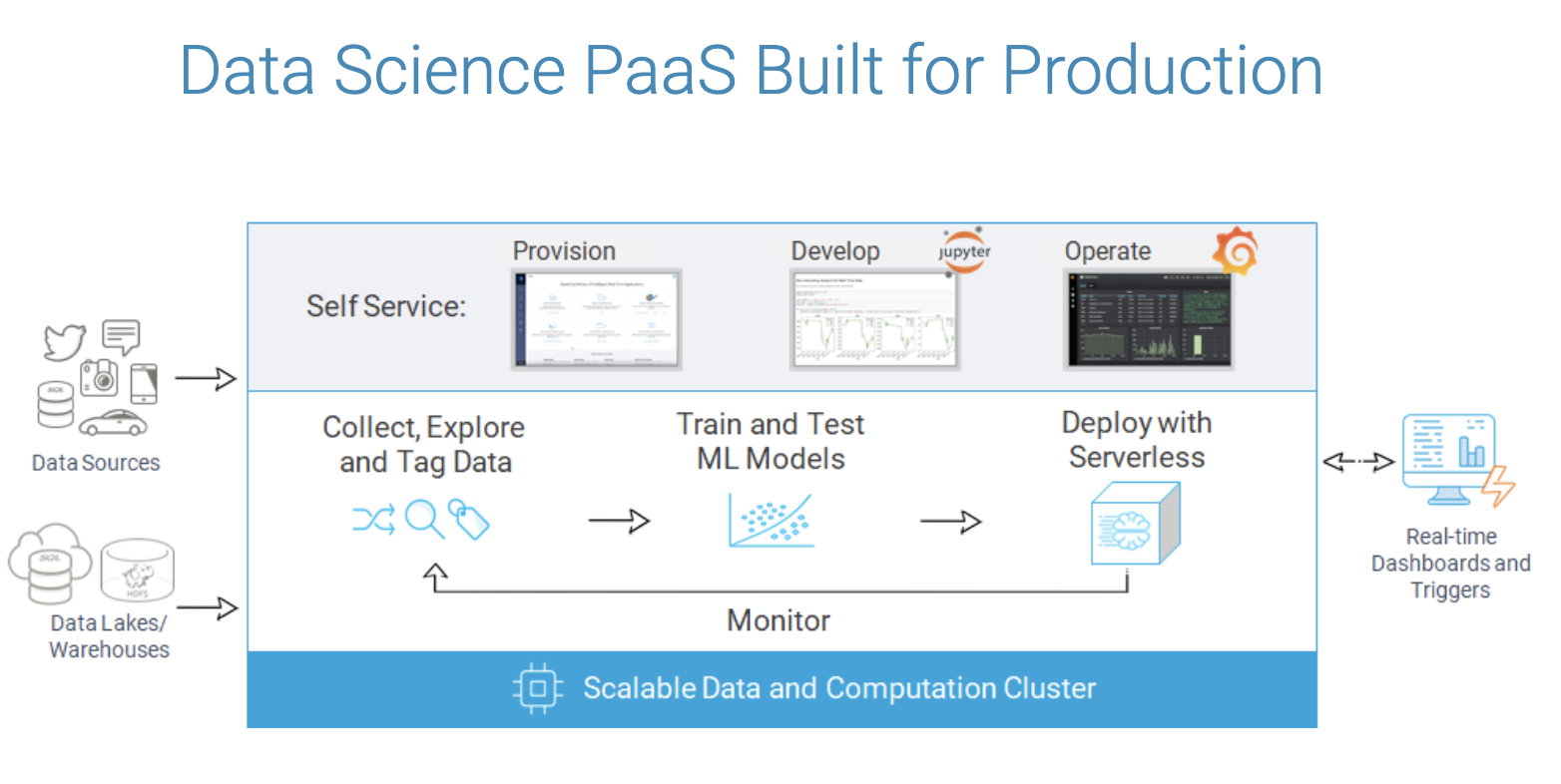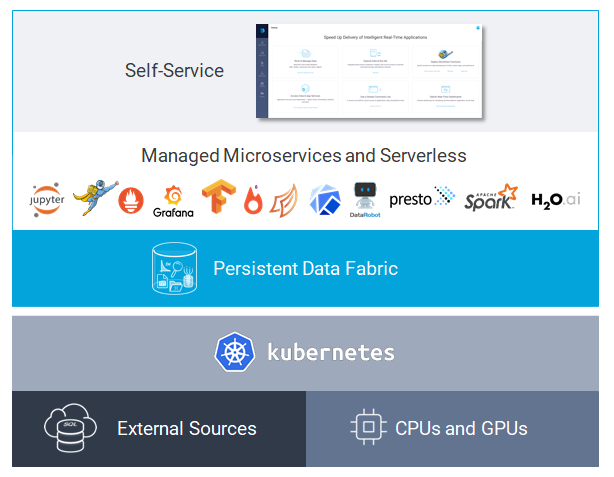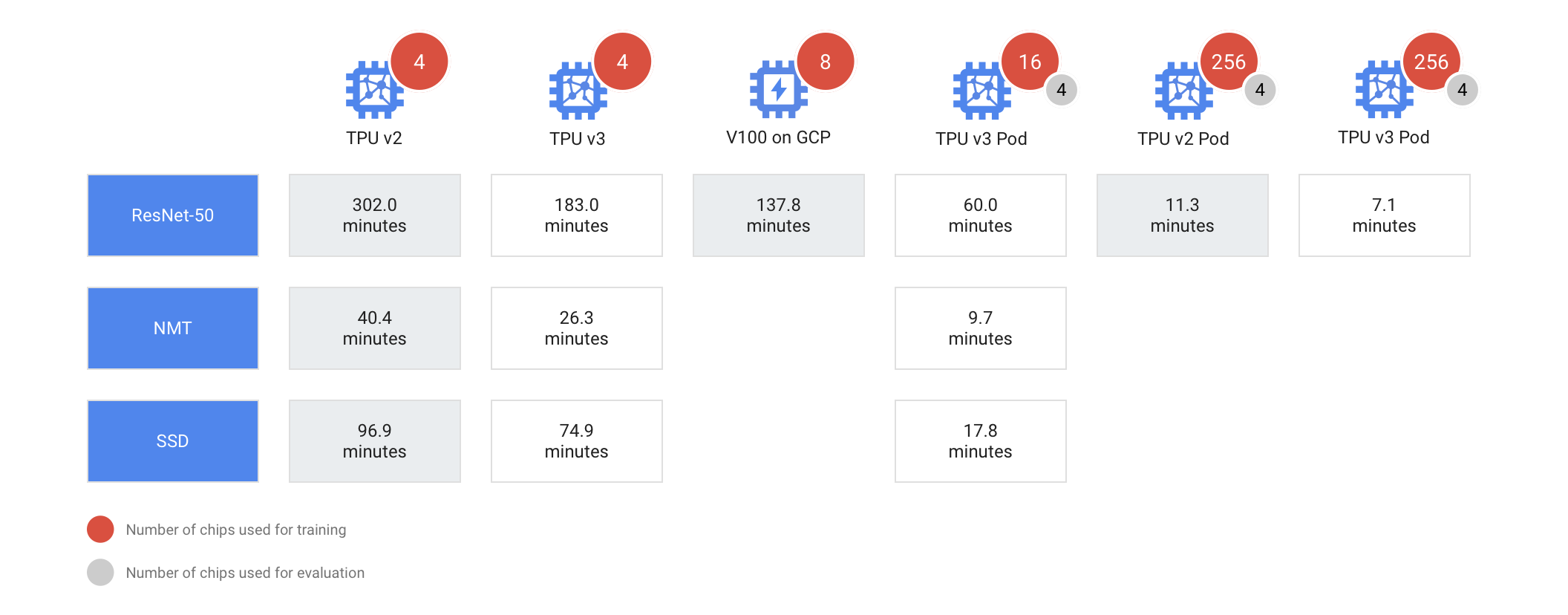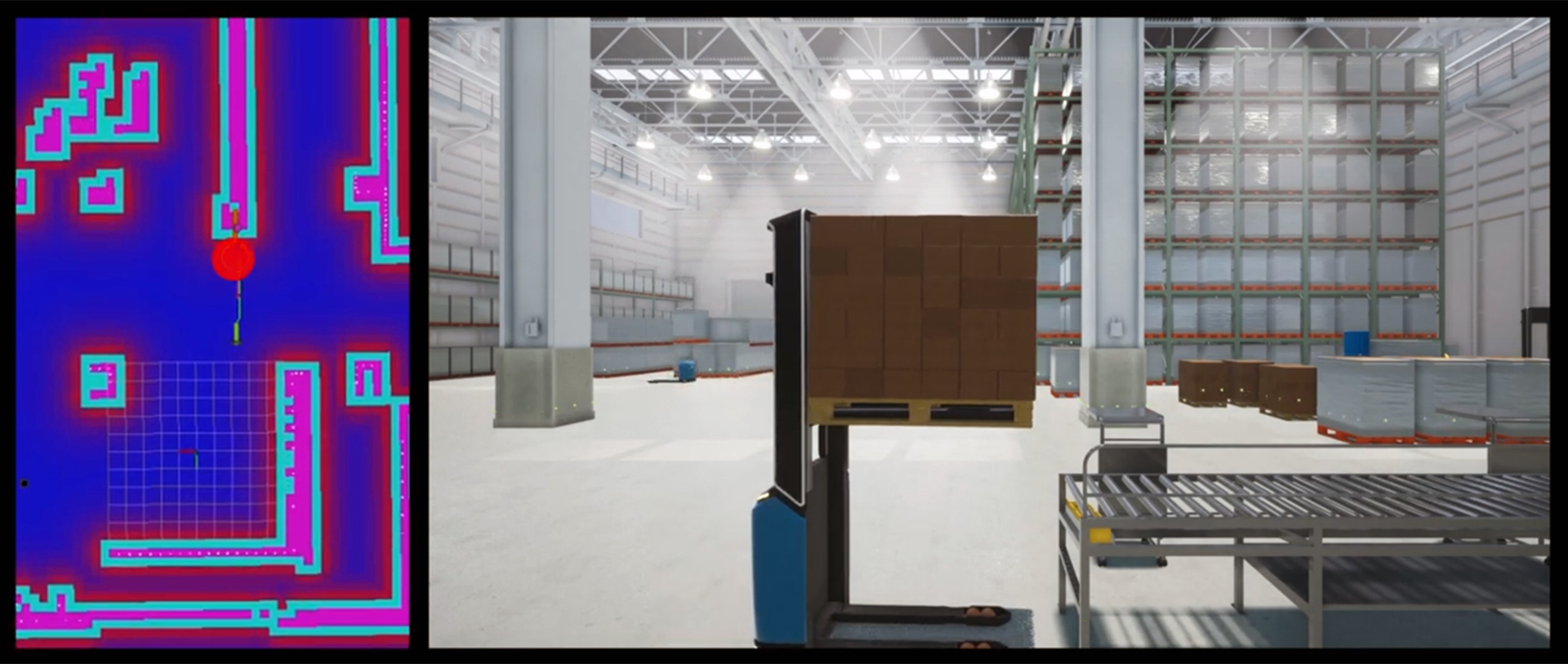In a surprising turn of events, TechCrunch has learned that Docker CEO Steve Singh will be stepping down after two years at the helm, and former Hortonworks CEO Rob Bearden will be taking over. An email announcement, went out this morning to Docker employees.
People close to the company confirmed that Singh will be leaving the CEO position, staying on the job for several months to help Bearden with the transition. He will then remain with the organization in his role as Chairman of the Board. They indicated that Bearden has been working closely with Singh over the last several months as a candidate to join the board and as a consultant to the executive team.
Singh clicked with him and viewed him as a possible successor, especially given his background with leadership positions at several open source companies, including taking Hortonworks public before selling to Cloudera last year. Singh apparently saw someone who could take the company to the next level as he moved on. As one person put it, he was tired of working 75 hours a week, but he wanted to leave the company in the hands of capable steward.
Last week in an interview at DockerCon, the company’s annual customer conference in San Francisco, Singh appeared tired, but a leader who was confident in his position and who saw a bright future for his company. He spoke openly about his leadership philosophy and his efforts to lift the company from the doldrums it was in when he took over two years prior, helping transform it from a mostly free open source offering into a revenue-generating company with 750 paying enterprise customers.
In fact, he told me that under his leadership the company was on track to become free cash flow positive by the end of this fiscal year, a step he said would mean that Docker would no longer need to seek outside capital. He even talked of the company eventually going public.
Apparently, he felt it was time to pass the torch before the company took those steps, saw a suitable successor in Bearden and offered him the position. While it might have made more sense to announce this at DockerCon with the spotlight focused on the company, it was not a done deal yet by the time the conference was underway in San Francisco, people close to the company explained.
Docker took a $92 investment last year, which some saw as a sign of continuing struggles for company, but Singh said he took the money to continue to invest in building revenue-generating enterprise products, some of which were announced at DockerCon last week. He indicated that the company would likely not require any additional investment moving forward.
As for Bearden, he is an experienced executive with a history of successful exits. In addition to his experience at Hortonworks, he was COO at SpringSource, a developer tool suite that was sold to VMware for $420 million in 2009 (and is now part of Pivotal). He was also COO at JBoss, an open source middleware company acquired by Red Hat in 2006.
Whether he will do the same with Docker remains to be seen, but as the new CEO, it will be up to him to guide the company moving forward to the next steps in its evolution, whether that eventually results in a sale or the IPO that Singh alluded to.
Email to staff from Steve Singh:








